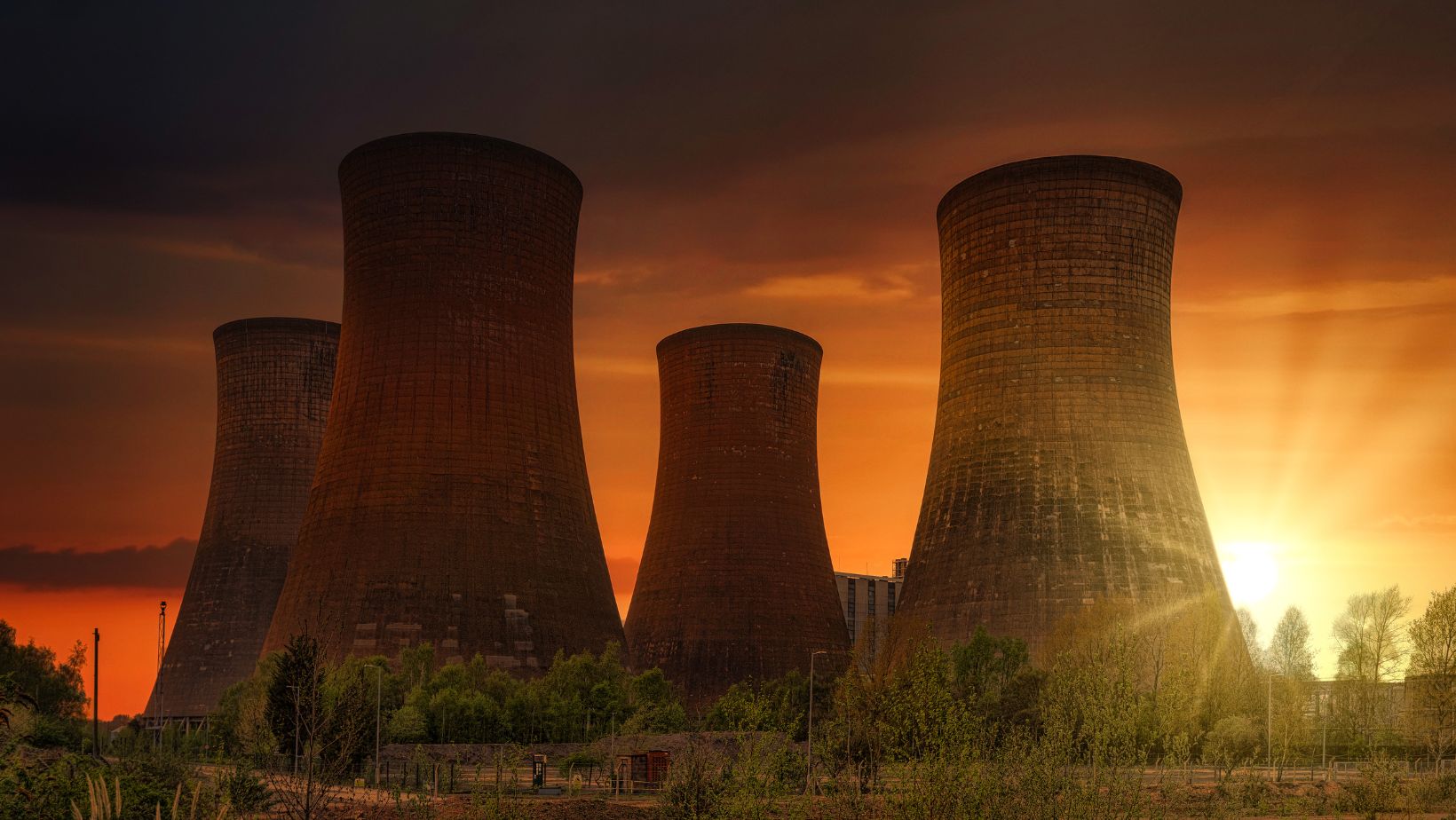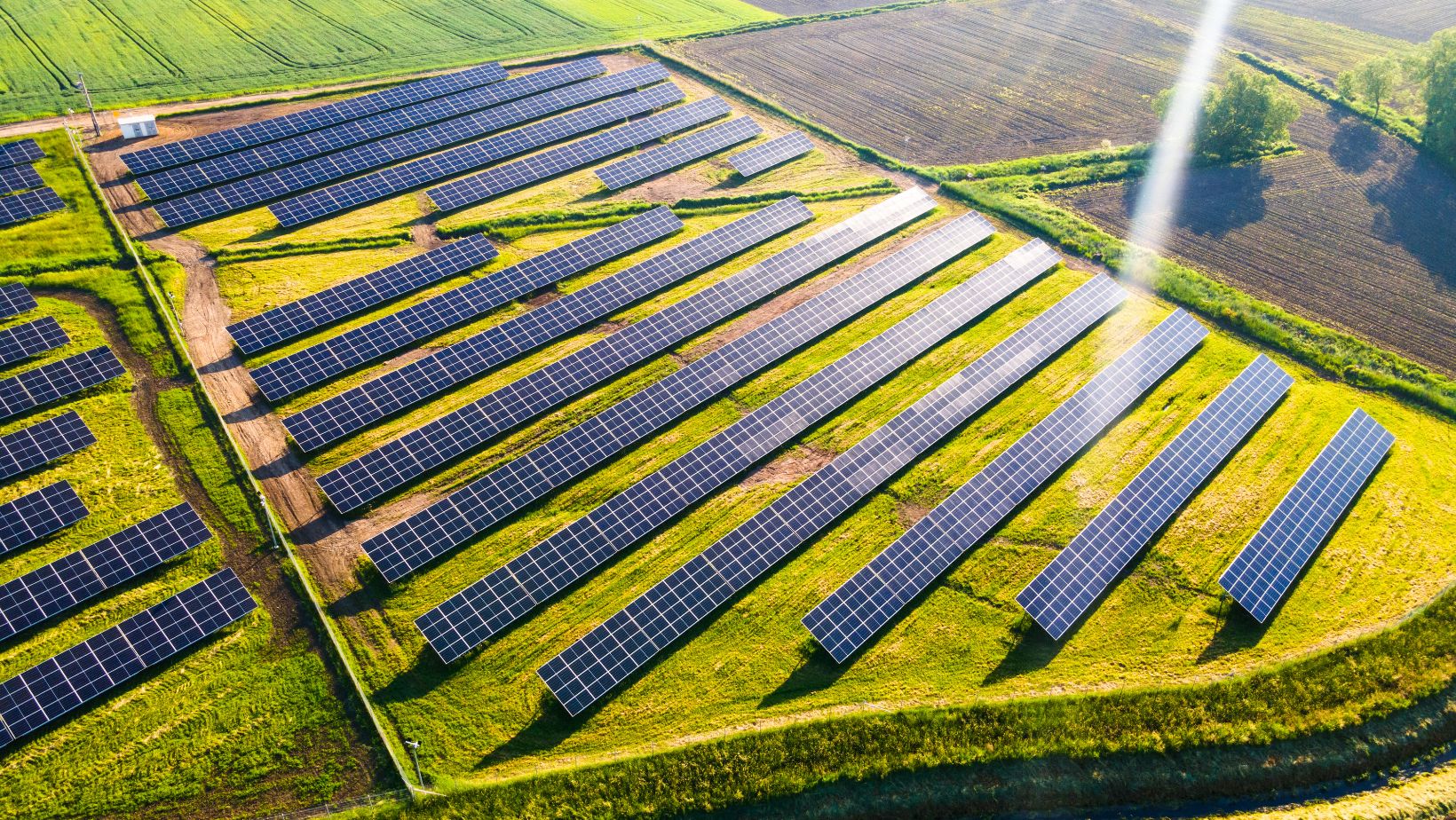
As a renewable energy consultant for over a decade, I’ve witnessed the remarkable growth of companies leading the charge toward a sustainable future. The global shift to clean energy has created a booming industry with innovative businesses transforming how we power our world.
I’ll guide you through the most influential renewable energy companies that are shaping our sustainable future. From solar giants and wind energy pioneers to emerging players in geothermal and hydroelectric power these companies aren’t just profitable businesses – they’re driving the green revolution. Whether you’re an investor looking for opportunities or simply interested in sustainable energy I’ll help you understand the key players in this rapidly expanding sector and why they matter.
Key Takeaways
- Leading solar manufacturers like LONGi Solar, JinkoSolar, and JA Solar dominate the market with 35-45GW annual production capacities, driving global solar adoption
- Major wind power companies such as Vestas, Siemens Gamesa, and GE Renewable Energy control 80% of the market, with installed capacities ranging from 62-107GW
- Hydroelectric sector is led by giants like China Three Gorges Corporation (22,500 MW) and Eletrobras (50,000 MW), while smaller players like Brookfield Renewable focus on facilities under 10 MW
- Emerging biomass and geothermal companies like Drax Group and Ormat Technologies are expanding rapidly, with production capacities reaching 13M tons and 1,000+ MW respectively
- Battery storage leaders CATL, LG Energy Solution, and BYD are scaling up production to meet growing demand, with annual capacities between 160-304 GWh
List of Renewable Energy Companies
Solar energy companies drive innovation through advanced photovoltaic technology manufacturing rapid transition to clean energy. I’ve analyzed the market leaders based on production capacity market share technical capabilities.
Solar Panel Manufacturers
- LONGi Solar
- 45GW annual production capacity
- Specializes in monocrystalline solar technology
- Operates manufacturing facilities in China Malaysia Vietnam
- JinkoSolar
- 40GW integrated production capacity
- Produces n-type TOPCon solar cells
- Maintains facilities across 12 countries
- JA Solar
- 35GW manufacturing output
- Features bifacial solar panel technology
- Operates vertically integrated production lines
- Canadian Solar
- 32GW global production capacity
- Manufactures high-efficiency HiKu modules
- Maintains facilities in Canada China Vietnam
- Sunrun
- 750,000+ customers across 22 states
- Offers solar leasing power purchase agreements
- Provides integrated battery storage solutions
- SunPower
- 35+ years installation experience
- Specializes in residential commercial installations
- Features proprietary Maxeon solar cell technology
- Tesla Solar
- Integrated solar roof tile systems
- Powerwall battery integration capability
- Direct-to-consumer sales model
- Momentum Solar
- Operates in 11 states
- Provides full-service residential installations
- Offers virtual consultation services
| Company | Annual Production/Installation Capacity | Global Presence |
|---|---|---|
| LONGi Solar | 45GW | 3 countries |
| JinkoSolar | 40GW | 12 countries |
| JA Solar | 35GW | 8 countries |
| Sunrun | 4GW | United States |
| SunPower | 3GW | 5 countries |
Major Wind Power Corporations
 My analysis of the wind energy sector reveals a concentrated market of established manufacturers and developers driving innovation in renewable power generation.
My analysis of the wind energy sector reveals a concentrated market of established manufacturers and developers driving innovation in renewable power generation.
Wind Turbine Producers
Leading wind turbine manufacturers control 80% of the global market through advanced technology and scaled production capabilities:
- Vestas (Denmark) produces 95 GW of installed capacity across 85 countries
- Siemens Gamesa (Spain/Germany) maintains 107 GW total installed base with offshore specialization
- GE Renewable Energy (US) delivers 49,000 turbines generating 62 GW worldwide
- Goldwind (China) manufactures 31 GW annual capacity through permanent magnet technology
- Nordex (Germany) serves 40 markets with 35 GW of sustained wind power installations
- Ørsted (Denmark) operates 7.5 GW of offshore wind farms across Europe Asia & North America
- NextEra Energy Resources (US) manages 17 GW of wind assets in 21 states
- RWE Renewables (Germany) maintains 9 GW of wind capacity through 40 onshore & offshore farms
- Iberdrola (Spain) delivers 19.3 GW of wind power across 12 countries
- EDP Renewables (Portugal) operates 12.5 GW of wind installations in 15 global markets
| Company | Total Capacity (GW) | Countries Present |
|---|---|---|
| Vestas | 95 | 85 |
| Siemens Gamesa | 107 | 55 |
| GE Renewable | 62 | 35 |
| Iberdrola | 19.3 | 12 |
| Ørsted | 7.5 | 14 |
Hydroelectric Power Companies
From my analysis of the hydroelectric sector, I’ve identified leading companies that harness water’s kinetic energy for sustainable power generation. These organizations operate across different scales with varying power generation capacities.
Large-Scale Hydropower Providers
The global hydropower market features dominant players managing massive dams and generating facilities. China Three Gorges Corporation operates the world’s largest hydroelectric facility, producing 22,500 MW from the Three Gorges Dam. Eletrobras maintains 48 hydroelectric plants across Brazil with a 50,000 MW total capacity. BC Hydro powers 95% of British Columbia through 30 hydroelectric facilities generating 12,000 MW. Statkraft operates 355 hydropower plants globally with 15,500 MW capacity across Europe South America Asia.
Small Hydro Specialists
Small-scale hydropower companies focus on facilities generating under 10 MW per installation. Brookfield Renewable operates 220 facilities across North America with a combined 7,900 MW capacity. RusHydro maintains 90 small hydro plants throughout Russia generating 400 MW collectively. Innergex Renewable Energy manages 40 run-of-river facilities in Canada Chile France producing 1,200 MW. Norwegian Small-Scale Hydropower Association represents 80 companies operating 400 plants with 2,500 MW total capacity.
| Company | Number of Facilities | Total Capacity (MW) |
|---|---|---|
| China Three Gorges | 1 (Three Gorges Dam) | 22,500 |
| Eletrobras | 48 | 50,000 |
| BC Hydro | 30 | 12,000 |
| Statkraft | 355 | 15,500 |
| Brookfield Renewable | 220 | 7,900 |
| RusHydro | 90 | 400 |
| Innergex | 40 | 1,200 |
Emerging Biomass and Geothermal Companies
In my analysis of renewable energy sectors, biomass and geothermal companies demonstrate significant technological advancement and market expansion. These emerging players leverage innovative technologies to convert organic matter and Earth’s heat into sustainable power sources.
Biomass Energy Leaders
- Drax Group: Operates North America’s largest biomass production facilities with 13 million tons annual capacity
- Enviva Partners: Manages 10 wood pellet plants across the southeastern U.S. producing 6.2 million metric tons annually
- Ørsted Bioenergy: Converts agricultural residues into renewable energy across 8 dedicated biomass facilities
- Ameresco: Specializes in landfill gas-to-energy projects with 70 operational facilities in North America
- Babcock & Wilcox: Provides advanced biomass conversion technology to 500+ installations globally
| Company | Annual Production Capacity | Number of Facilities |
|---|---|---|
| Drax Group | 13M tons | 17 |
| Enviva Partners | 6.2M tons | 10 |
| Ørsted Bioenergy | 4.5M tons | 8 |
| Ameresco | 3.8M tons | 70 |
| Babcock & Wilcox | 2.9M tons | 500+ |
- Ormat Technologies: Operates 1,000+ MW of geothermal capacity across 3 continents
- Energy Development Corporation: Maintains 1,500 MW of geothermal installations in the Philippines
- Calpine Corporation: Manages The Geysers in California with 725 MW total capacity
- Mercury NZ: Controls 1,000 MW of geothermal power across New Zealand
- Climeon AB: Develops modular geothermal technology for 150+ commercial installations
| Company | Installed Capacity (MW) | Geographic Presence |
|---|---|---|
| Energy Development Corp. | 1,500 | Philippines |
| Ormat Technologies | 1,000+ | Global |
| Mercury NZ | 1,000 | New Zealand |
| Calpine Corporation | 725 | United States |
| Climeon AB | 50 | Global |
Energy Storage and Infrastructure Companies
Energy storage and grid integration technologies form the backbone of renewable energy implementation. Based on my analysis of market data and industry trends, these companies lead the transformation toward reliable clean energy systems.
Battery Manufacturers
Leading battery manufacturers provide essential energy storage solutions with significant production capacities:
- Contemporary Amperex Technology (CATL)
- 304 GWh annual production capacity
- Dominant market share in lithium-ion batteries
- Primary supplier for major electric vehicle manufacturers
- LG Energy Solution
- 200 GWh annual production capacity
- Specialized in advanced battery chemistry
- Key partnerships with automotive companies
- BYD Company
- 160 GWh annual production capacity
- Vertically integrated manufacturing
- Blade Battery technology implementation
- Samsung SDI
- 140 GWh annual production capacity
- PRiMX battery brand development
- Solid-state battery research focus
- ABB
- HVDC technology deployment in 100+ installations
- Grid automation systems in 150 countries
- Digital substation solutions implementation
- Siemens Energy
- Grid stabilization technology in 80 countries
- High-voltage transmission systems
- Smart grid control solutions
- Schneider Electric
- EcoStruxure Grid platform deployment
- Microgrid controllers in 300+ projects
- Advanced distribution management systems
- General Electric Grid Solutions
- Digital twin technology implementation
- Advanced metering infrastructure
- Grid modernization services in 90+ markets
Innovative Clean Energy Startups
Based on my analysis of emerging renewable energy companies, I’ve identified several groundbreaking startups transforming the clean energy landscape through technological innovation and market disruption.
Technology Innovators
Form Energy leads battery innovation with their iron-air technology, delivering 100-hour energy storage at $20/kWh. Commonwealth Fusion Systems advances nuclear fusion technology through their SPARC tokamak reactor, projected for commercial deployment by 2025. H2Pro developed efficient water splitting technology, producing green hydrogen at 95% efficiency compared to traditional 70% methods. Helion Energy pioneers fusion technology with their seventh-generation Polaris reactor, achieving 100-million-degree plasma temperatures. QuantumScape’s solid-state batteries demonstrate 80% charging capacity in 15 minutes, doubling current lithium-ion capabilities.
Market Disruptors
Enphase Energy revolutionizes solar installations with microinverter technology, achieving 97% conversion efficiency. Northvolt disrupts battery manufacturing with their $4 billion gigafactory producing 60 GWh annually from recycled materials. Climeworks captures 4,000 tons of CO2 annually through direct air capture technology at their Orca facility. Energy Vault transforms gravity storage with their innovative block-lifting system, providing 85% round-trip efficiency. Redwood Materials processes 6 GWh of batteries annually, recovering 95% of critical materials for reuse in new batteries.
| Company | Technology | Key Performance Metric |
|---|---|---|
| Form Energy | Iron-air Battery | 100-hour storage |
| H2Pro | Water Splitting | 95% efficiency |
| QuantumScape | Solid-state Battery | 80% charge in 15 min |
| Climeworks | Carbon Capture | 4,000 tons CO2/year |
| Redwood Materials | Battery Recycling | 95% material recovery |
Shaping a Sustainable Energy Future
The renewable energy sector continues to evolve with remarkable innovation and sustainable solutions. I’ve explored how established giants and emerging startups are revolutionizing our energy landscape through solar wind hydro geothermal and biomass technologies.
From my experience in the industry I can confidently say that these companies aren’t just generating power – they’re powering our future. The rapid advancement in energy storage and infrastructure solutions alongside breakthrough technologies from innovative startups shows just how dynamic this sector is.
I believe these companies will play an increasingly vital role in shaping a sustainable energy future. Their commitment to clean power and technological innovation makes me optimistic about our path toward a greener tomorrow.
